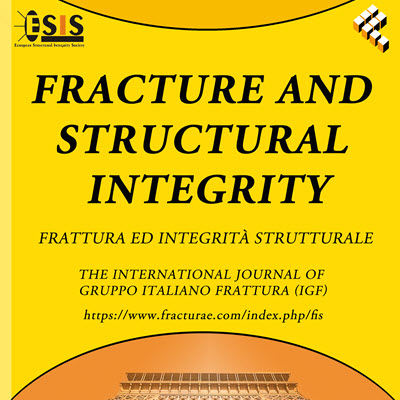Fracture and Structural Integrity: The Podcast
Stay at the cutting edge of fracture mechanics and structural integrity research with the official podcast of the Fracture and Structural Integrity journal. Join us for insightful interviews with top researchers, in-depth discussions of groundbreaking papers, and explorations of emerging trends in the field.
RSS Spotify YouTube Amazon Music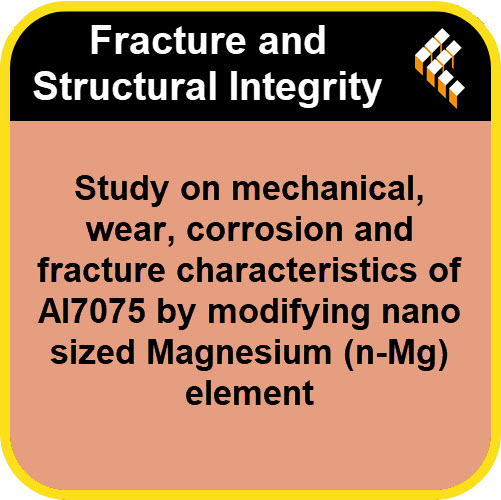
Study on mechanical, wear, corrosion and fracture characteristics of Al7075 by modifying nano sized Magnesium (n-Mg) element
2025-11-13
https://www.fracturae.com/index.php/fis/article/view/5586
More DownloadFiletype: MP3 - Size: 2 MB - Duration: 11:50m (320 kbps 44100 Hz)
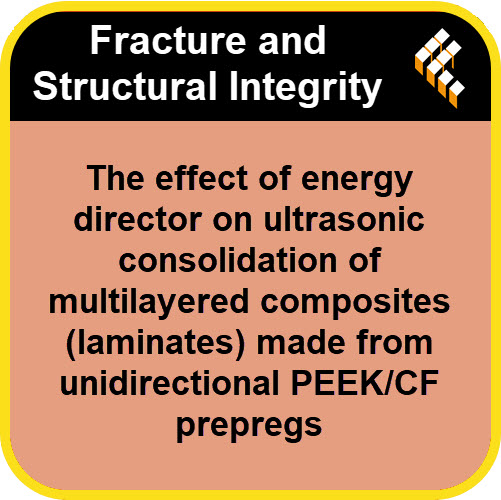
The effect of energy director on ultrasonic consolidation of multilayered composites (laminates) made from unidirectional PEEK/CF prepregs
2025-11-12
https://www.fracturae.com/index.php/fis/article/view/5691
More DownloadFiletype: MP3 - Size: 3 MB - Duration: 13:25m (320 kbps 44100 Hz)
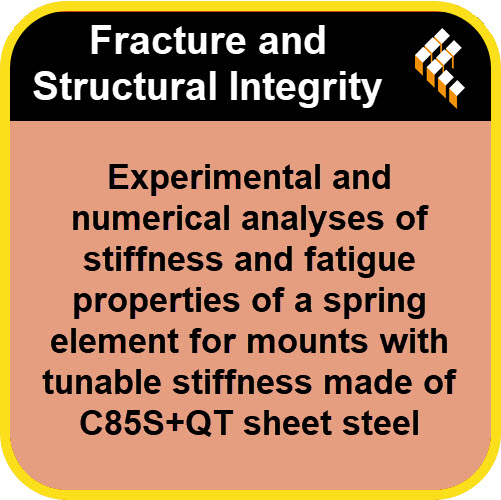
Fatigue properties of a spring element for mounts with tunable stiffness made of C85S+QT sheet steel
2025-11-12
https://www.fracturae.com/index.php/fis/article/view/5608
More DownloadFiletype: MP3 - Size: 2 MB - Duration: 10:12m (320 kbps 44100 Hz)
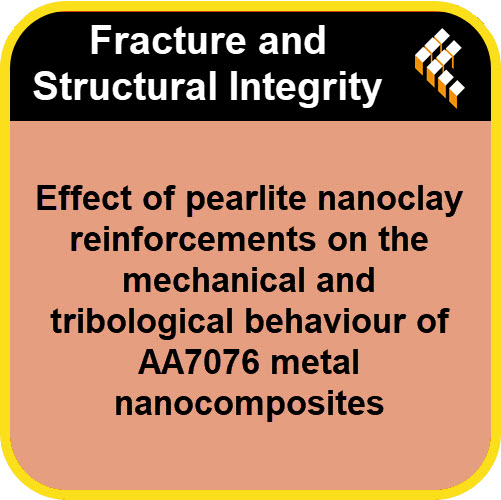
Effect of pearlite nanoclay reinforcements on the mechanical and tribological behaviour of AA7076 metal nanocomposites
2025-11-06
https://www.fracturae.com/index.php/fis/article/view/5507
More DownloadFiletype: MP3 - Size: 3 MB - Duration: 16:02m (320 kbps 44100 Hz)
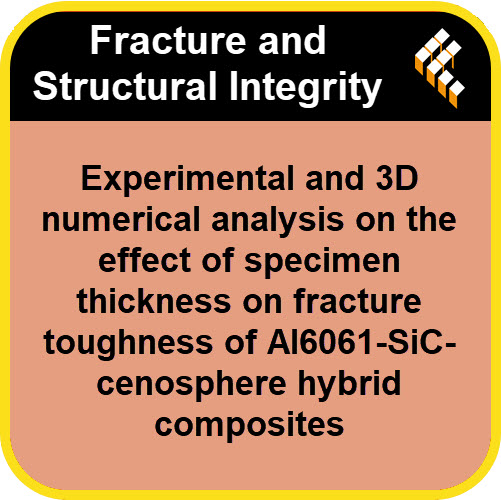
Experimental and 3D numerical analysis on the effect of specimen thickness on fracture toughness of Al6061-SiC-cenosphere hybrid composites
2025-11-05
https://www.fracturae.com/index.php/fis/article/view/5652
More DownloadFiletype: MP3 - Size: 3 MB - Duration: 15:59m (320 kbps 44100 Hz)
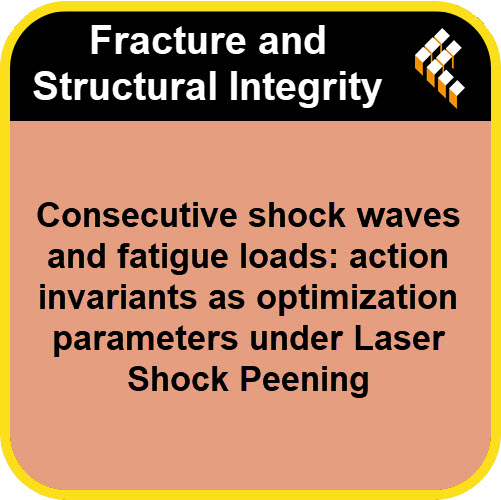
Consecutive shock waves and fatigue loads: action invariants as optimization parameters under Laser Shock Peening
2025-11-01
https://www.fracturae.com/index.php/fis/article/view/5635
More DownloadFiletype: MP3 - Size: 3 MB - Duration: 15:18m (320 kbps 44100 Hz)
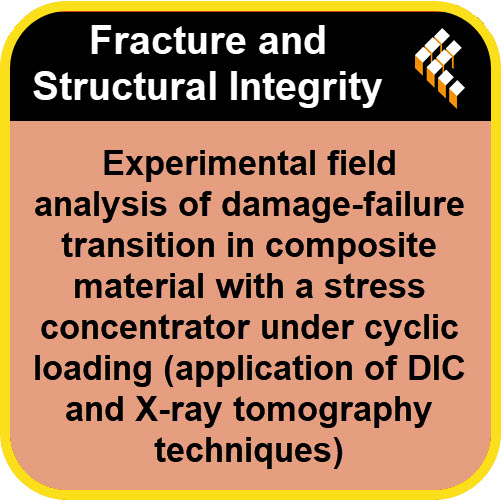
Experimental field analysis of damage-failure transition in composite material with a stress concentrator under cyclic loading (application of DIC and X-ray tomography techniques)
2025-11-01
https://www.fracturae.com/index.php/fis/article/view/5626
More DownloadFiletype: MP3 - Size: 3 MB - Duration: 15:38m (320 kbps 44100 Hz)
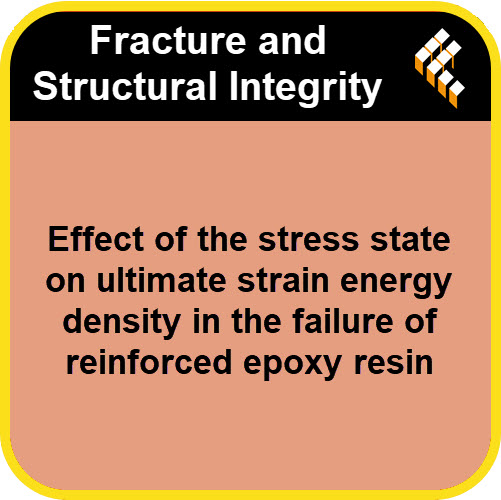
Effect of the stress state on ultimate strain energy density in the failure of reinforced epoxy resin
2025-11-01
https://www.fracturae.com/index.php/fis/article/view/5567
More DownloadFiletype: MP3 - Size: 3 MB - Duration: 14:31m (320 kbps 44100 Hz)
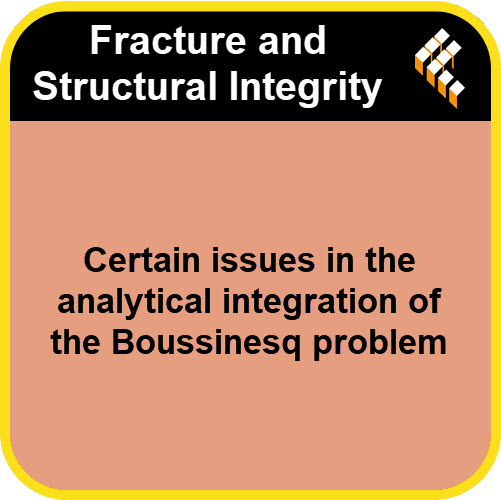
Certain issues in the analytical integration of the Boussinesq problem
2025-11-01
https://www.fracturae.com/index.php/fis/article/view/5509
More DownloadFiletype: MP3 - Size: 3 MB - Duration: 15:57m (320 kbps 44100 Hz)
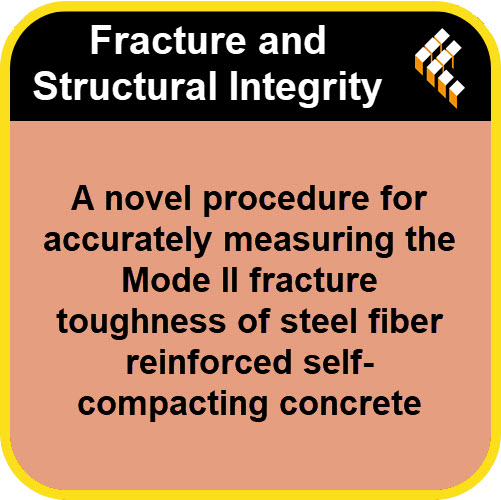
A novel procedure for accurately measuring the Mode II fracture toughness of steel fiber reinforced self-compacting concrete
2025-10-31
https://www.fracturae.com/index.php/fis/article/view/5628
More DownloadFiletype: MP3 - Size: 3 MB - Duration: 14:05m (320 kbps 44100 Hz)
Powered by Podcast Generator, an open source podcast publishing solution | Theme based on Bootstrap
